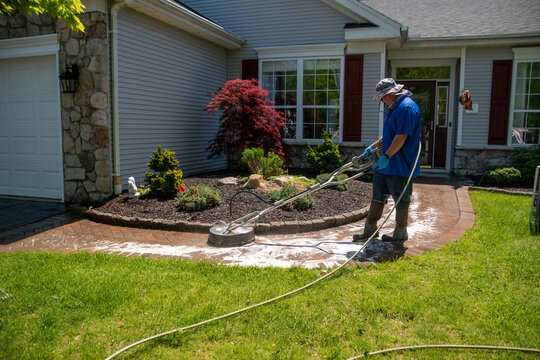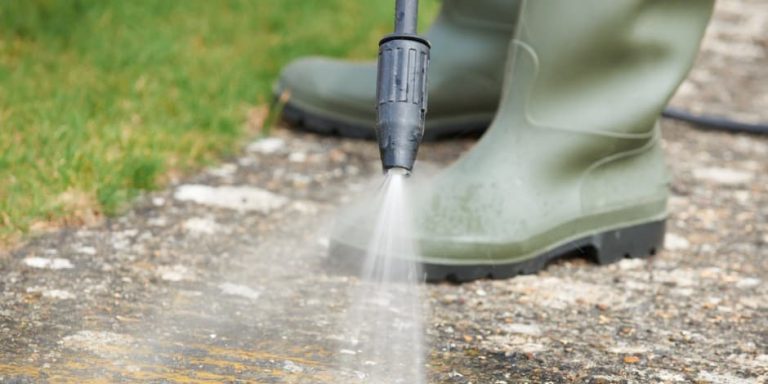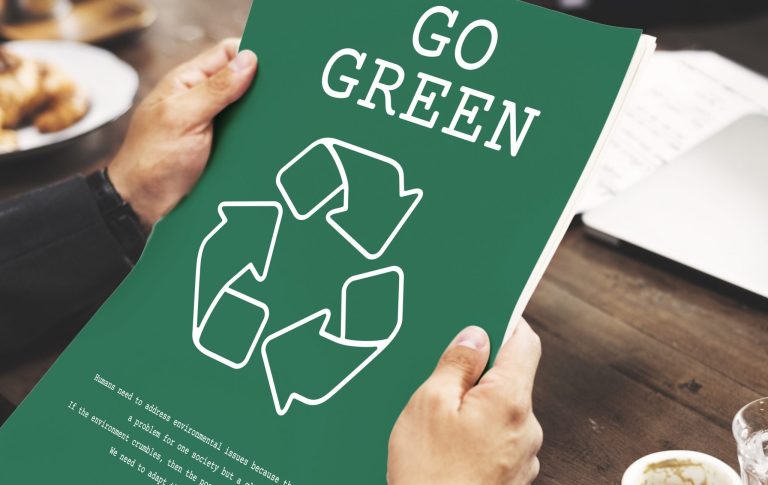
Power washing plays a crucial role in maintaining cleanliness and curb appeal across residential, commercial, and municipal properties. But while the practice might look the same everywhere—hose, nozzle, detergent—the environmental consequences vary significantly depending on where it’s used. 🌍
One major factor that changes everything? Climate. In this article, we’ll compare how power washing affects arid and humid climates, from water use and chemical runoff to soil health and vegetation. 🌵🌴
🔍 Climate Isn’t Just Weather—It’s Ecology
An area’s climate impacts water availability, soil composition, runoff behavior, and ecosystem vulnerability. That means power washing in:
- Phoenix, AZ (arid) ≠ Miami, FL (humid)
- Las Vegas, NV ≠ New Orleans, LA
Contractors and homeowners in different climates must adjust their approach to minimize environmental harm.
🌵 Power Washing in Arid Climates
Key Characteristics:
- Very low rainfall (often <10 inches/year)
- Dry, compacted soil with limited absorption
- Drought-prone regions with strict water regulations
- Sparse vegetation and fragile desert ecosystems
💧 Environmental Risks in Arid Areas
- Water Waste
- Power washing consumes 8–15 gallons per minute, which adds up fast.
- In areas already battling drought, this consumption is not only wasteful—it’s often restricted.
- Local governments may enforce use limitations, restrict certain days, or ban non-essential pressure washing.
- Runoff on Hard Soil
- Dry, compacted earth absorbs less water, causing runoff to travel farther—often to storm drains.
- This runoff may carry chemicals, oils, and sediments into local waterways or dry riverbeds, impacting fragile desert ecosystems.
- Chemical Residue Buildup
- The lack of frequent rain means residual detergents can linger on surfaces, slowly leaching into the soil.
- Over time, this can alter soil chemistry or create toxic conditions for sparse desert vegetation. 🏜️
- Dust Pollution
- Ironically, power washing can stir up fine desert dust particles, impacting air quality—especially if surfaces are improperly rinsed or left to dry in high winds.
✅ Sustainable Practices for Arid Regions
- Use low-flow equipment with trigger shut-offs
- Wash only during permitted times; avoid midday evaporation
- Employ water reclamation systems or recovery vacuums
- Skip chemical cleaners unless absolutely necessary
- Choose steam cleaning or dry ice blasting as low-water alternatives
🌴 Power Washing in Humid Climates
Key Characteristics:
- High year-round rainfall (often >50 inches/year)
- Moist, loamy soil with high permeability
- Lush vegetation and dense urban greenery
- Common issues: mold, algae, mildew, and moss growth
🌊 Environmental Risks in Humid Areas
- Increased Chemical Use
- The humid environment encourages organic growth—mold, algae, and lichen—which often requires stronger detergents or bleach-based solutions.
- These chemicals are more likely to run off into surrounding soil or water bodies, damaging plant life or aquatic ecosystems.
- Soil and Water Contamination
- High moisture content in the soil makes it easier for detergents to penetrate root zones or seep into underground water supplies.
- Frequent rains can carry leftover chemicals from recently washed surfaces into storm drains or natural water sources.
- Vegetation Sensitivity
- While humid regions have more plant cover, this can be a double-edged sword.
- Many plants are sensitive to alkaline or bleach-based detergents, and overspray or runoff can cause leaf burn, root damage, or complete die-off.
- Slip Hazards from Mold Regrowth
- The irony of humid climates is that mold and algae return quickly, often within weeks. This encourages more frequent pressure washing, amplifying the environmental impact over time.
✅ Sustainable Practices for Humid Regions
- Use biodegradable, non-toxic detergents labeled safe for vegetation
- Rinse thoroughly and direct runoff away from storm drains
- Apply algaecides or mold inhibitors that are EPA-approved for outdoor use
- Schedule cleanings during dry spells to reduce runoff dilution and chemical travel
- Train staff to protect landscaping with tarps or pre-wetting techniques
📊 Comparison Table
| Environmental Concern | Arid Climate Impact | Humid Climate Impact |
|---|---|---|
| Water Waste | High concern due to scarcity | Less urgent, but still wasteful |
| Runoff Risk | Higher due to hard soil & long travel path | Moderate due to frequent rainfall |
| Chemical Use | Moderate; fewer mold issues | High due to organic growth problems |
| Soil/Plant Damage | Possible due to chemical build-up | Likely due to frequent contact with roots |
| Pressure Washing Frequency | Lower (less organic buildup) | Higher (due to mildew, moss, and algae) |
🧠 Key Takeaways
- One-size-fits-all pressure washing doesn’t exist.
- Arid regions should prioritize water conservation and chemical minimalism.
- Humid areas should focus on runoff control and vegetation safety.
- Both environments require climate-aware contractors who understand ecological sensitivity and local regulations.
🌍 Final Thoughts
Whether you’re pressure washing a sidewalk in Tucson or a patio in Tampa, the environmental impact isn’t just about the soap you use—it’s about how your local climate shapes the outcome.
By tailoring methods to the local ecosystem, businesses and homeowners can achieve their cleanliness goals without compromising nature. That’s what responsible cleaning is all about. 🌱💦
Browse Amazon Here For Top Rated Power Washers And Accessories






